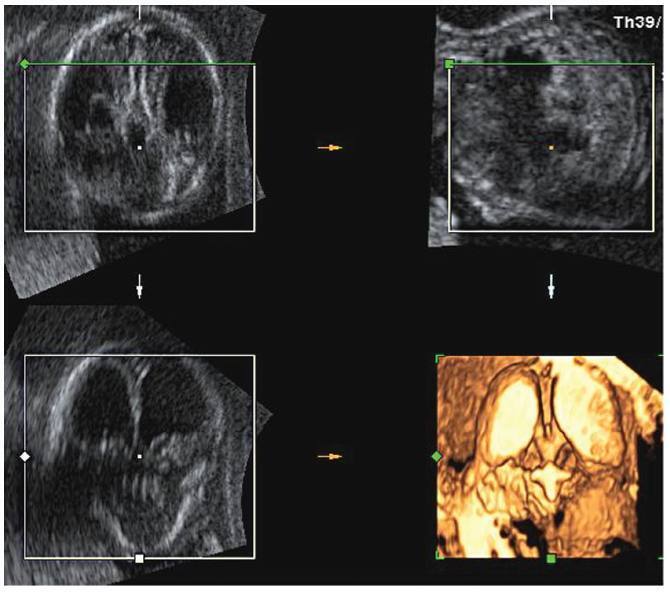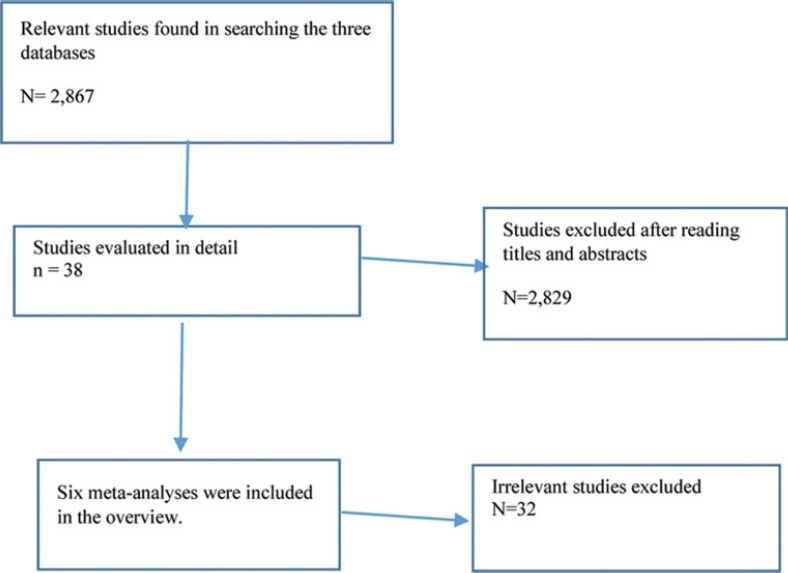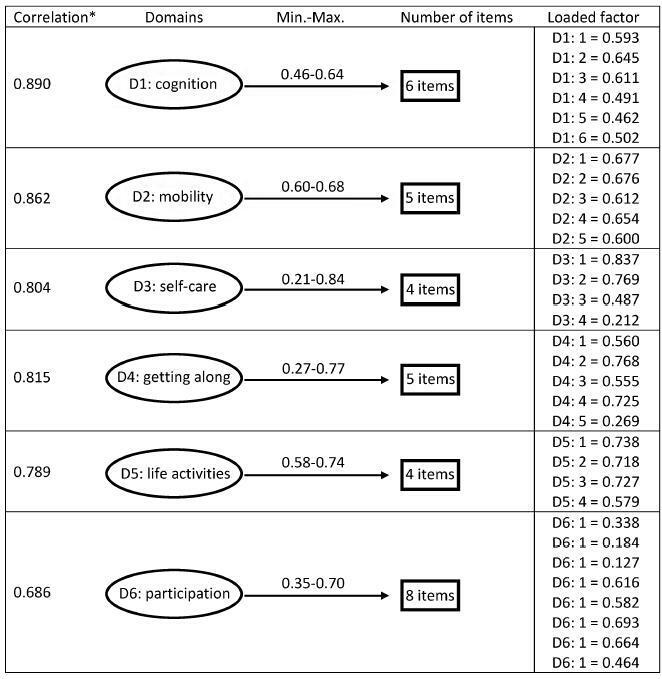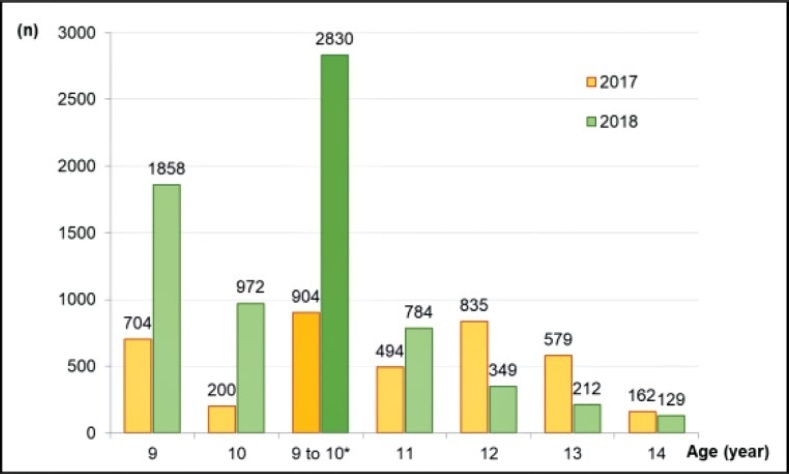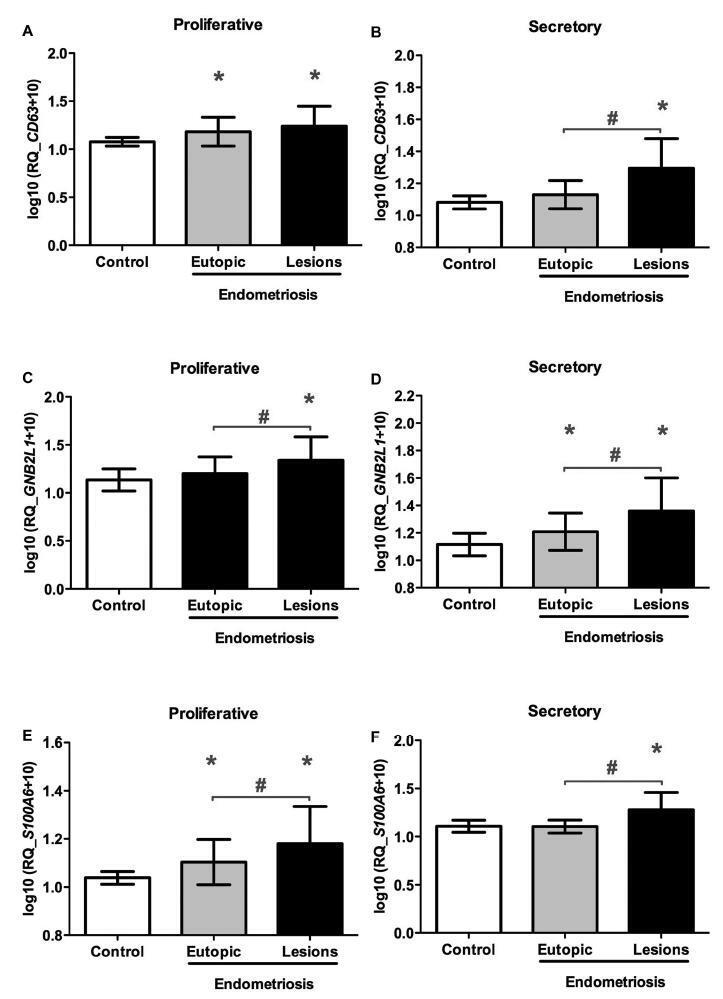-
Original Article06-27-2002
The Trial of Labor After one Cesarean Section
Revista Brasileira de Ginecologia e Obstetrícia. 2002;24(3):161-166
Abstract
Original ArticleThe Trial of Labor After one Cesarean Section
Revista Brasileira de Ginecologia e Obstetrícia. 2002;24(3):161-166
DOI 10.1590/S0100-72032002000300003
Views91See morePurpose: to study trial of labor (TOL) for vaginal birth after one previous cesarean section. Methods: this is a retrospective cohort study that included 438 pregnant women with one previous cesarean section and their 450 newborns. They were divided into two groups – with and without TOL. The minimum sample size was 121 pregnant mothers per group. TOL was considered as an independent variable and vaginal birth and maternal and perinatal complication frequency as dependent variables. Both univariate and multivariate analyses were performed. The comparison of observed frequencies (%) was analyzed by the chi-squared test (chi²) with 5% significance, and linear regression from the odds ratio (OR) and confidence interval of 95% (CI95%). Results: TOL was used in 59.2% of vaginal deliveries. It was less used in women over 40 years (2.7% vs 6.7%) and in those with clinical or obstetrical diseases such as arterial hypertension (7.0%) and bleeding in the third trimester (0.3%). There was a higher risk for puerperal complications with cesarean deliveries (OR = 3.53, CI 95% = 1.57-7.93), independent of TOL. Perinatal mortality was dependent on neonatal weight and fetal malformations, not on TOL. Newborns from mothers not submitted to TOL were at a higher risk for developing breathing complications (OR = 1.92 CI 95% = 1.20-3.07). Conclusions: The results confirm that trial of labor after a previous cesarean section is a safe method – assisting vaginal delivery in 59.2% of births and not interfering with maternal and perinatal mortality. It is a treatment that should be stimulated.
-
06-27-2002
DECLARAÇÃO DE BARCELONA
Revista Brasileira de Ginecologia e Obstetrícia. 2002;24(3):151-151
Abstract
DECLARAÇÃO DE BARCELONA
Revista Brasileira de Ginecologia e Obstetrícia. 2002;24(3):151-151
-
06-21-2002
A Grande Vitória
Revista Brasileira de Ginecologia e Obstetrícia. 2002;24(1):07-07
Abstract
A Grande Vitória
Revista Brasileira de Ginecologia e Obstetrícia. 2002;24(1):07-07
-
Original Article06-20-2002
Microinvasive Carcinoma in the Cone Specimen in Women With Colposcopically Directed Biopsy Suggesting CIN 3
Revista Brasileira de Ginecologia e Obstetrícia. 2002;24(1):37-43
Abstract
Original ArticleMicroinvasive Carcinoma in the Cone Specimen in Women With Colposcopically Directed Biopsy Suggesting CIN 3
Revista Brasileira de Ginecologia e Obstetrícia. 2002;24(1):37-43
DOI 10.1590/S0100-72032002000100006
Views67See morePurpose: to determine the factors associated with the detection of a microinvasive carcinoma in the cervical cone of women with a previous colposcopically directed biopsy compatible with cervical intraepithelial neoplasia (CIN) 3 and to evaluate the proportion of involved margins. Patients and methods: we reviewed the medical records of 385 women (mean age: 39 years) submitted to cold conization or conization by high frequency surgery (HFS) with a loop during the period from January 1993 to July 2000. These procedures were indicated on the basis of a biopsy compatible with (CIN) 3. Results: the diagnosis of the cone was compatible with (CIN) 3 in 243 (63%) women and with (CIN) 2 in 13 (3%). Only 10 presented HPV/CIN 1 (3%) and eight had no residual disease in the cone. However, 101 (26%) women presented a microinvasive carcinoma in the cone and 10 (3%) presented a frankly invasive carcinoma. Age, menstrual status and number of deliveries were not related to the severity of the cone lesion. Women with oncologic colpocytology changes suggestive of invasion presented a significantly higher risk of having a microinvasive or invasive carcinoma as determined by final histology (p<0.01), although 52 of the 243 women with CIN 2 or CIN 3 in the cone also showed a suggestion of invasion at colpocytology. Among the women with CIN 2 or 3, the epithelium was white in 44%, dotted in 21%, and mosaic-like in 17%. This proportion was similar for women with a microinvasive or invasive carcinoma, with these images being detected in 37%, 23% and 21% of the cases, respectively. Involvement of the cone margins was significantly higher among women submitted to HFS (49%) than among those submitted to cold conization (29%). Conclusion: the absence of independent clinical and colposcopic factors associated with the detection of a microinvasive carcinoma in women submitted to conization on the basis of a biopsy compatible with (CIN) 3 justifies the conical excision of the squamocolumnar junction in high grade cervical lesions.
PlumX Metrics
- Citations
- Citation Indexes: 1
- Usage
- Full Text Views: 64127
- Abstract Views: 2273
- Captures
- Readers: 3
-
06-19-2002
Contribuição ao Estudo do Laser de Vapor de Cobre no Tratamento da Endometriose Induzida Cirurgicamente em Coelhas
Revista Brasileira de Ginecologia e Obstetrícia. 2002;24(1):71-71
Abstract
Contribuição ao Estudo do Laser de Vapor de Cobre no Tratamento da Endometriose Induzida Cirurgicamente em Coelhas
Revista Brasileira de Ginecologia e Obstetrícia. 2002;24(1):71-71
DOI 10.1590/S0100-72032002000100017
Views66Contribuição ao Estudo do Laser de Vapor de Cobre no Tratamento da Endometriose Induzida Cirurgicamente em Coelhas […]See more -
06-19-2002
Prevalência das Neoplasias Intra-epiteliais Cervicais e Lesões Induzidas pelo HPV nas Mulheres Soropositivas/AIDS
Revista Brasileira de Ginecologia e Obstetrícia. 2002;24(1):70-70
Abstract
Prevalência das Neoplasias Intra-epiteliais Cervicais e Lesões Induzidas pelo HPV nas Mulheres Soropositivas/AIDS
Revista Brasileira de Ginecologia e Obstetrícia. 2002;24(1):70-70
DOI 10.1590/S0100-72032002000100015
Views58Prevalência das Neoplasias Intra-epiteliais Cervicais e Lesões Induzidas pelo HPV nas Mulheres Soropositivas/AIDS […]See more -
06-19-2002
Avaliação do Potencial de Peroxidação Lipídica no Fluido Peritoneal de Mulheres Inférteis com Endometriose Pélvica
Revista Brasileira de Ginecologia e Obstetrícia. 2002;24(1):70-70
Abstract
Avaliação do Potencial de Peroxidação Lipídica no Fluido Peritoneal de Mulheres Inférteis com Endometriose Pélvica
Revista Brasileira de Ginecologia e Obstetrícia. 2002;24(1):70-70
DOI 10.1590/S0100-72032002000100016
Views71Avaliação do Potencial de Peroxidação Lipídica no Fluido Peritoneal de Mulheres Inférteis com Endometriose Pélvica […]See more -
06-19-2002
Avaliação da Função Ovariana Pós-histerectomia Total Abdominal em Mulheres no Menacme
Revista Brasileira de Ginecologia e Obstetrícia. 2002;24(1):69-69
Abstract
Avaliação da Função Ovariana Pós-histerectomia Total Abdominal em Mulheres no Menacme
Revista Brasileira de Ginecologia e Obstetrícia. 2002;24(1):69-69
DOI 10.1590/S0100-72032002000100013
Views96Avaliação da Função Ovariana Pós-histerectomia Total Abdominal em Mulheres no Menacme […]See more
Search
Search in:
Tag Cloud
Pregnancy (252)Breast neoplasms (104)Pregnancy complications (104)Risk factors (103)Menopause (88)Ultrasonography (83)Cesarean section (78)Prenatal care (71)Endometriosis (70)Obesity (61)Infertility (57)Quality of life (55)prenatal diagnosis (51)Women's health (48)Maternal mortality (46)Postpartum period (46)Pregnant women (45)Breast (44)Prevalence (43)Uterine cervical neoplasms (43)




